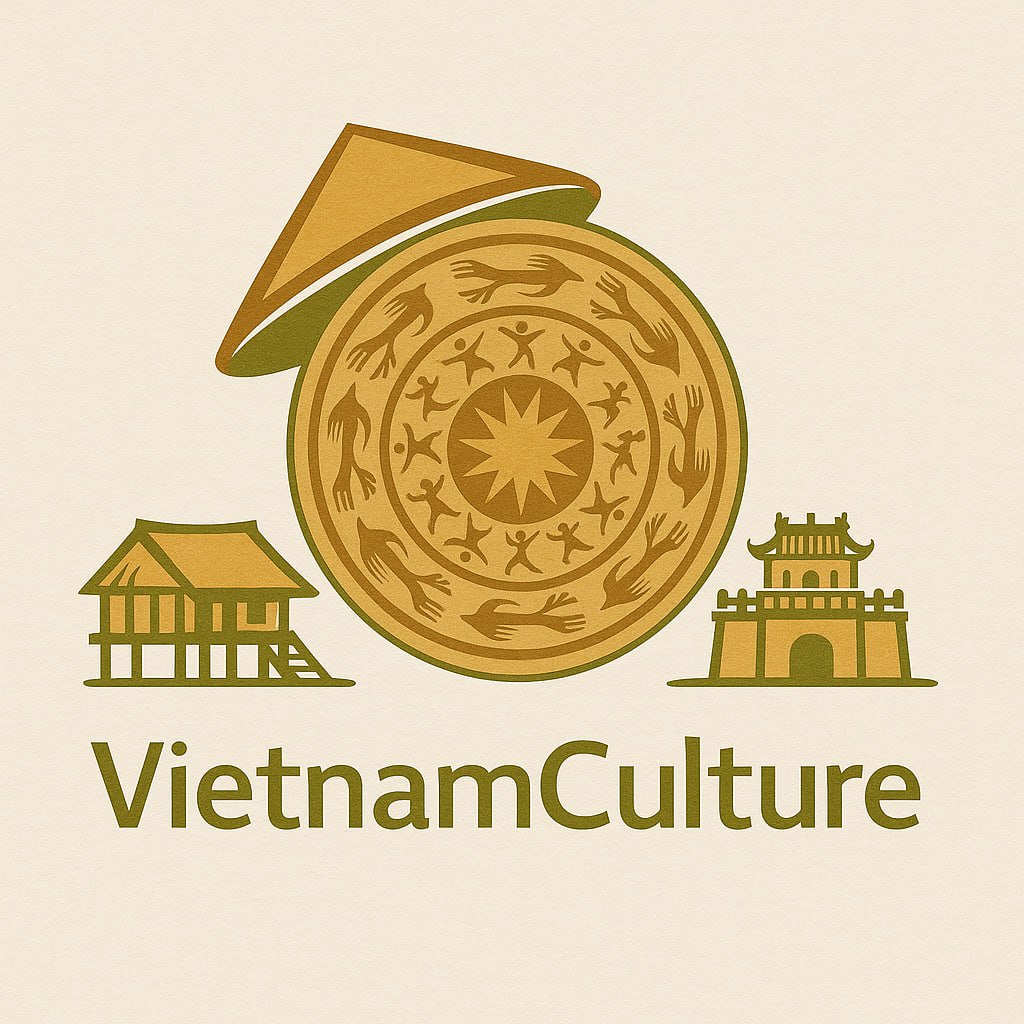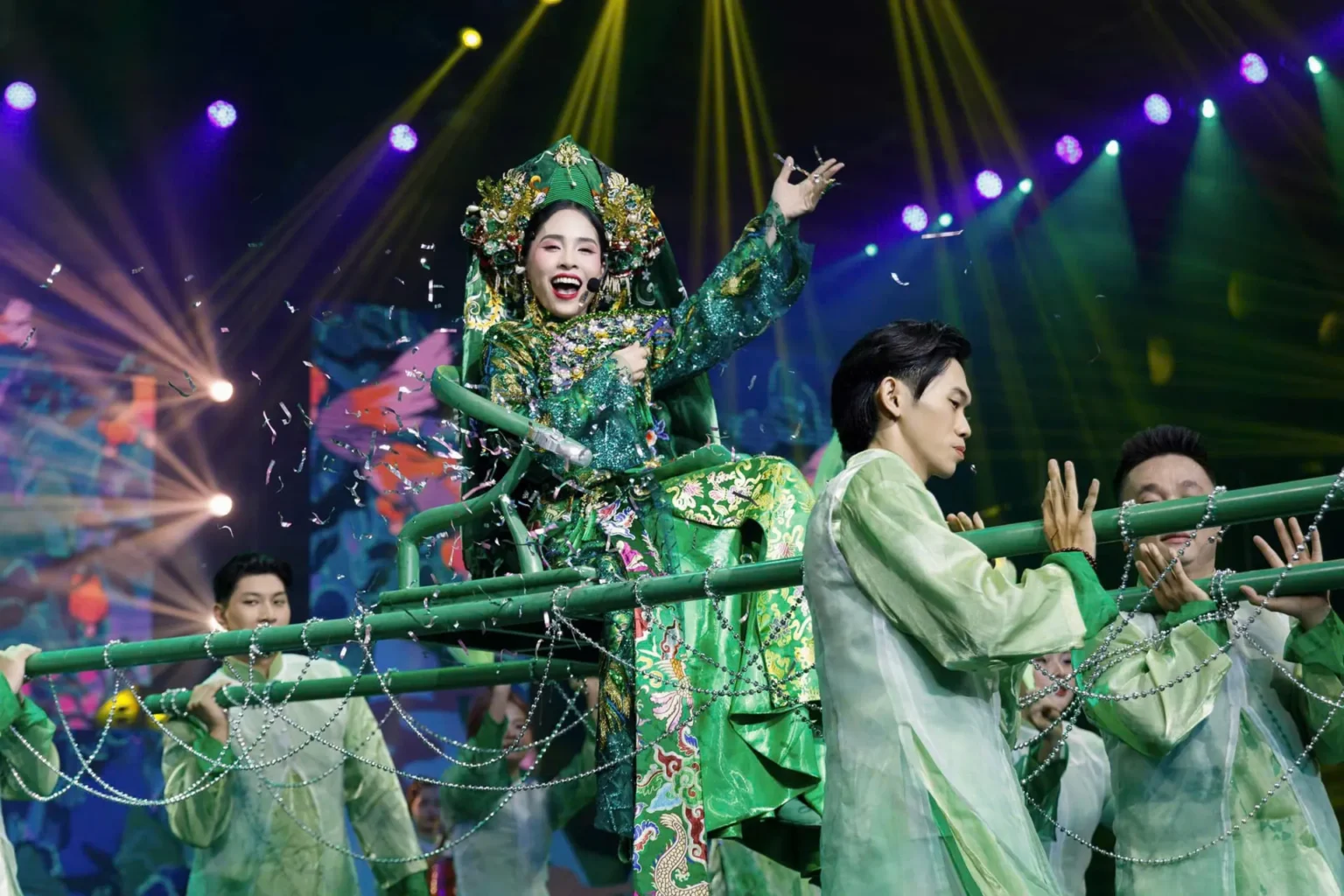When you think of Vietnam, perhaps you envision limestone karsts rising out of Ha Long Bay, the bustling motorbike traffic of Hanoi, or steaming bowls of phở savored on busy street corners. But beyond the landscapes and cuisine lies something deeper — a cultural soul formed by thousands of years of oral tradition, myth, music, dance, and ancestral belief: Vietnam folklore.
Vietnam folklore is the lifeblood of the nation’s identity. It’s how generations of Vietnamese people have preserved their wisdom, values, and worldview. It shapes their festivals, rituals, lullabies, proverbs, and artistic expressions. For the curious traveler, exploring Vietnam’s folklore offers not just entertainment but insight into the spirit of the country.
In this article, we’ll guide you through what makes Vietnam folklore so captivating, explore its key elements, and share how you can experience it firsthand during your visit.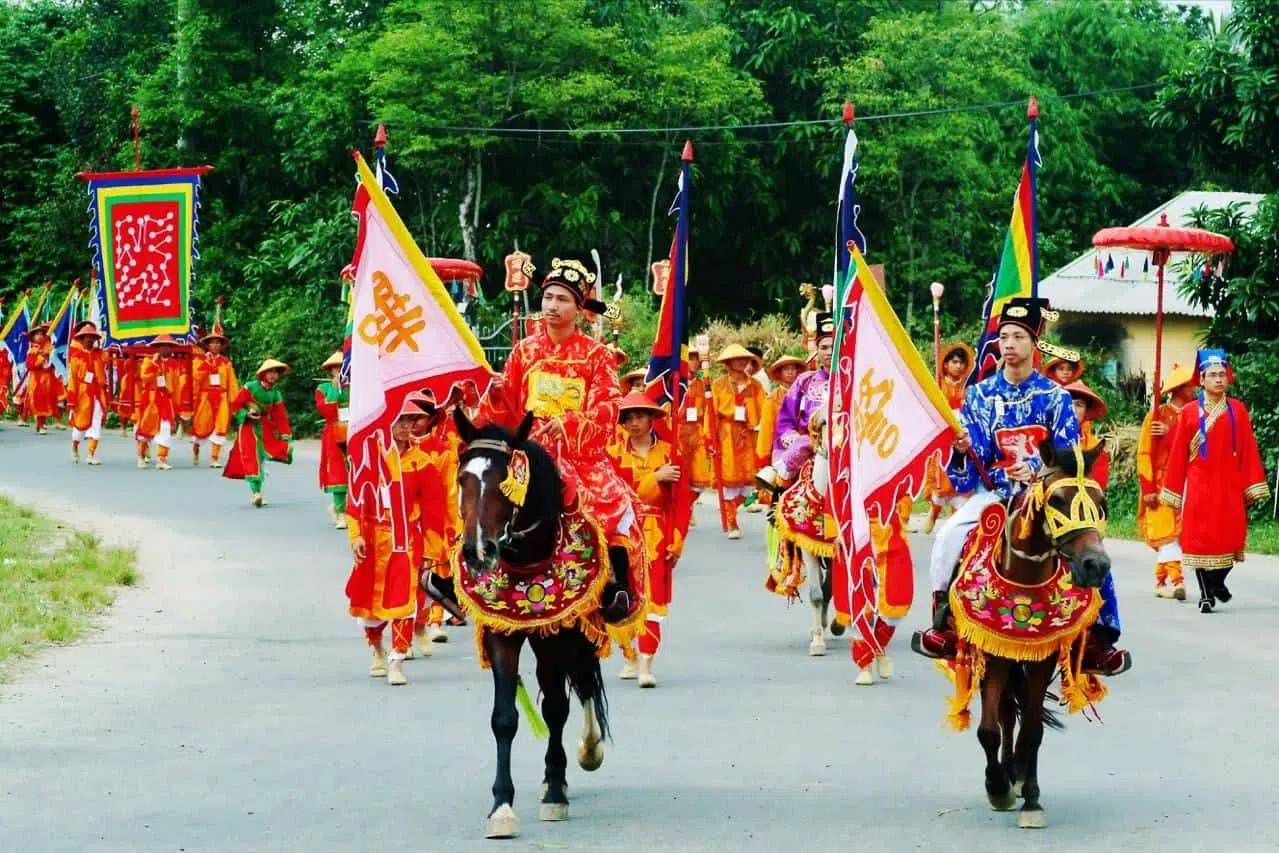
1. What is Vietnam Folklore?
Vietnam folklore refers to the body of stories, beliefs, customs, and creative expressions that have been orally transmitted among the Vietnamese people for centuries. Unlike written culture, folklore lives in the spoken word, the melody of a song, the rhythm of a dance, or the structure of a ritual. It thrives in both daily life and sacred ceremony, in lullabies sung at night and festivals that light up entire villages.
Folklore in Vietnam is both diverse and deeply rooted. With 54 ethnic groups across the country, each community contributes unique traditions and stories to Vietnam’s collective cultural memory.
2. Key Components of Vietnam Folklore
📖 Folk Literature
- Myths and legends: Stories of creation, gods, dragons, and heroes (e.g., Sơn Tinh vs. Thủy Tinh, the founding of the Hùng Kings).
- Folk tales and fables: Short narratives with moral lessons.
- Proverbs and idioms: Expressions of Vietnamese wisdom and wit.
- Lullabies and poetry: Rich in rhythm and symbolism, often tied to rural life.
🎭 Folk Performing Arts
- Music and singing: Traditional songs that convey history, love, and spiritual beliefs.
- Dance: Symbolic movements often performed during festivals.
- Theater: Unique forms like Chèo (folk opera), Tuồng (classical drama), and water puppetry.
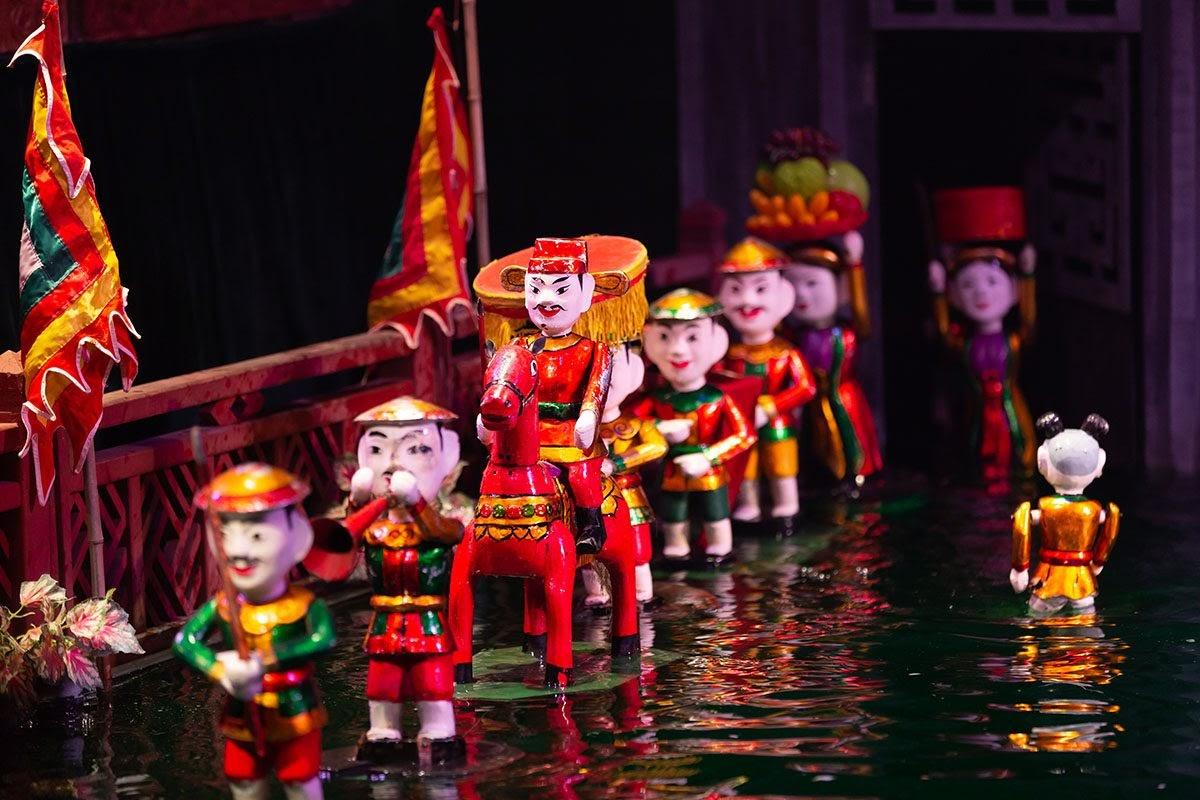
🌿 Folk Knowledge
- Agricultural wisdom: Moon-based calendars, planting rituals, natural healing.
- Traditional medicine: Herbal remedies passed down through generations.
- Craftsmanship: Weaving, pottery, embroidery, wood carving.
🙏 Beliefs and Rituals
- Ancestor worship: Central to family and community life.
- Spiritual practices: Shamanism, animism, and Buddhism blended with local beliefs.
- Festivals and ceremonies: Celebrations of harvest, new year, fertility, and the supernatural.
3. The Richness of Vietnam Folklore Through Art Forms
Let’s explore some of the most vivid and celebrated expressions of Vietnam folklore through its performing arts and cultural practices.
1. Chèo – Northern Vietnam’s Satirical Folk Theater
Chèo is a theatrical art form blending drama, music, and dance, originating in the Red River Delta over a millennium ago. Traditionally performed in village courtyards during festivals, chèo uses humorous, symbolic characters to deliver life lessons.
- Themes: Social satire, love, morality, resilience
- Instruments: Drums, flutes, lutes
- Performance style: Exaggerated gestures and audience interaction
Chèo encapsulates rural Vietnamese philosophy — simple yet profound, playful yet wise.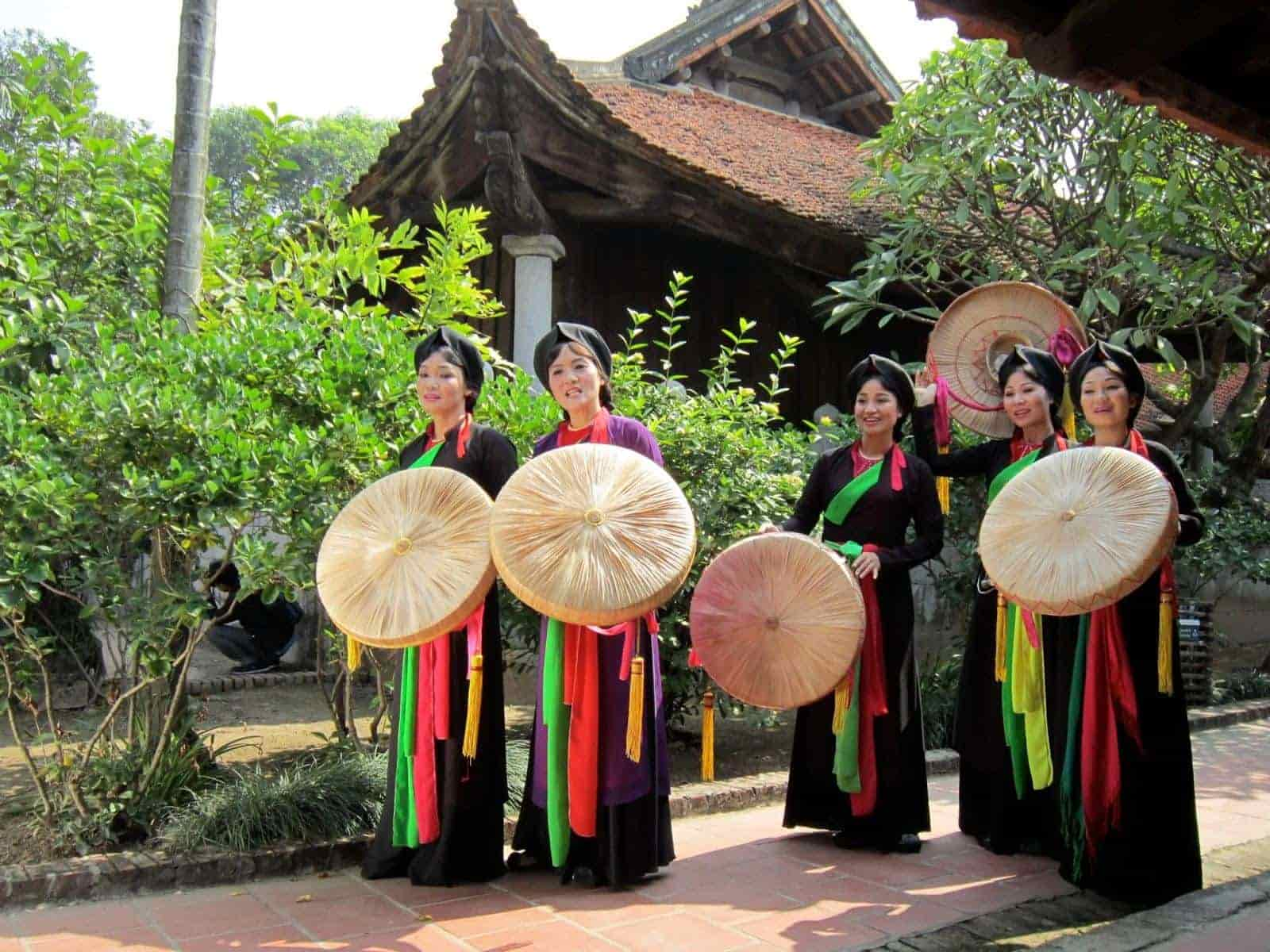
2. Quan Họ – Duet Singing from the North
Quan họ is a form of antiphonal singing performed between male and female singers, often during spring festivals in Bắc Ninh province. Singers wear traditional costumes and exchange verses in a lyrical dialogue of love and friendship.
- Recognized by UNESCO in 2009 as Intangible Cultural Heritage
- Songs are passed from generation to generation
- Performed during Lim Festival and village gatherings
The melodies are soft, melancholic, and deeply emotional — a hallmark of Vietnamese poetic sensibility.
3. Đờn Ca Tài Tử – Chamber Music of the Mekong Delta
Đờn ca tài tử represents the relaxed and melodious life of southern Vietnam. This semi-improvised musical form features both instrumental and vocal performance.
- Instruments: Đàn tranh (zither), đàn kìm (moon lute), đàn bầu (monochord)
- Themes: Longing, nostalgia, love, and the beauty of nature
- UNESCO-recognized since 2013
Often performed on boats or in garden homes, it’s the ideal soundscape for a cruise along the Mekong River.
4. Ca Trù – Northern Vietnam’s Aristocratic Poetry Music
Ca trù, also known as “chamber singing,” is a refined art performed by a female vocalist (đào nương), a drummer, and a lute player. Originating in the 11th century, it was once favored by scholars and royalty.
- Poetic lyrics: Classical Vietnamese poetry in musical form
- Spiritual undertone: Often performed in temples and cultural houses
- UNESCO status: Intangible Heritage in Need of Urgent Safeguarding
Ca trù is a blend of sophistication, intellect, and artistic depth.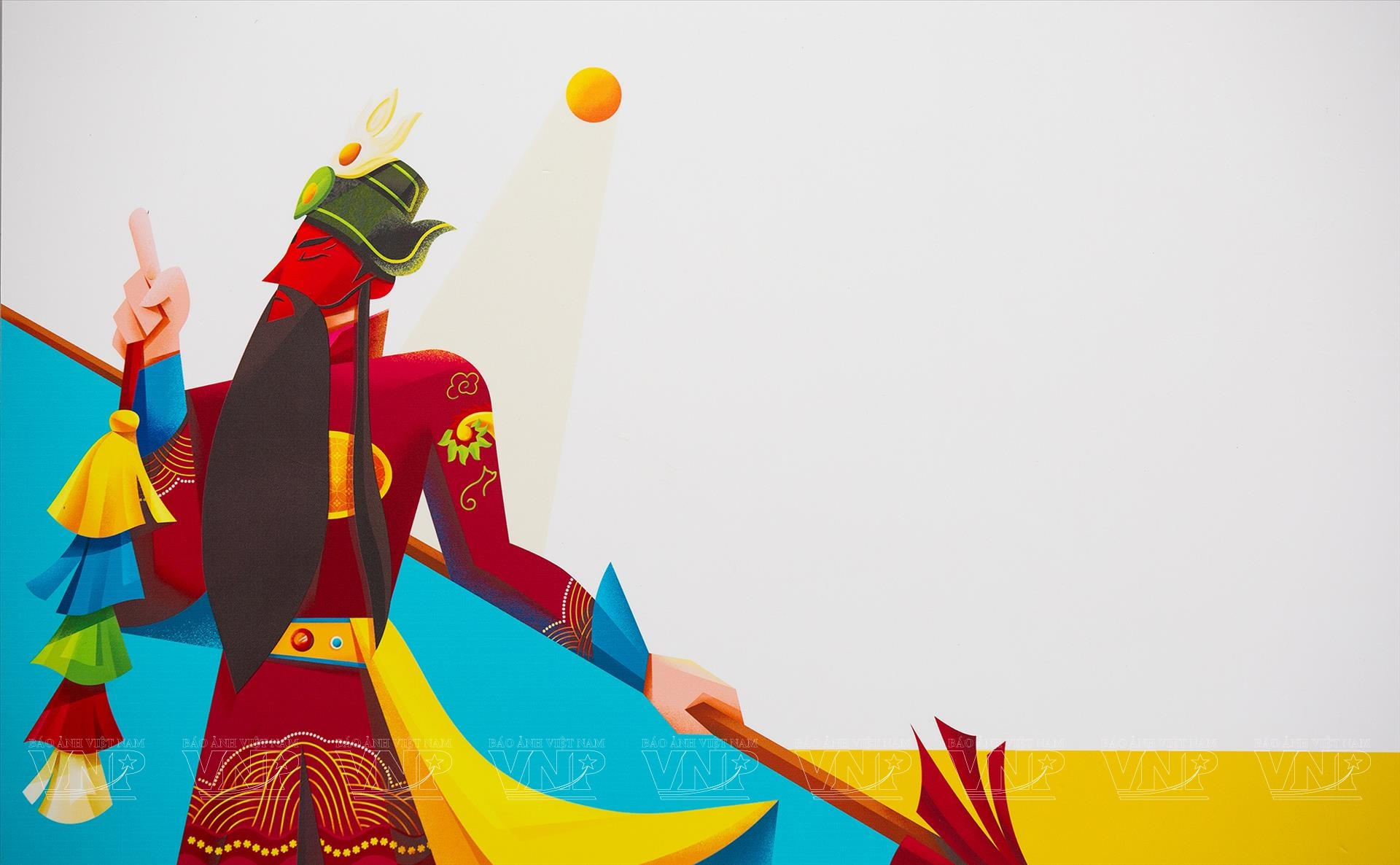
5. Water Puppetry – Aquatic Theater Unique to Vietnam
Water puppetry (múa rối nước) is one of the most distinctive art forms in Vietnam folklore. Performances take place on a shallow pool, where puppets dance and act on water, controlled by unseen puppeteers.
- Themes: Village life, folktales, mythical creatures
- Iconic character: Chú Tễu – the humorous narrator
- Tourist favorite: Shows held daily in Hanoi and Ho Chi Minh City
It’s both a folk spectacle and a storytelling medium that preserves centuries-old narratives.
6. Hát Then – Sacred Songs of the Tày and Nùng
Hát Then is performed by shamans of ethnic Tày, Nùng, and Thái communities in Northern Vietnam. The singer acts as a spiritual intermediary, using song and the Đàn Tính (gourd lute) to connect with the spirit world.
- Purpose: Healing rituals, blessings, soul-calling ceremonies
- Tone: Ethereal, melodic, deeply spiritual
- UNESCO-recognized since 2019
Experiencing Hát Then offers a window into Vietnam’s indigenous cosmology.
7. Tuồng – Epic Historical Drama from Central Vietnam
Tuồng is Vietnam’s classical opera, rich in stylized movements and historical storytelling. Costumes are ornate, makeup is symbolic, and characters are moral archetypes — loyal generals, treacherous traitors, wise emperors.
- Origins: Royal court entertainment
- Style: Dramatic, powerful, structured
- Moral themes: Loyalty, righteousness, sacrifice
It’s Vietnam’s answer to kabuki and Chinese opera, but with distinct Vietnamese flair.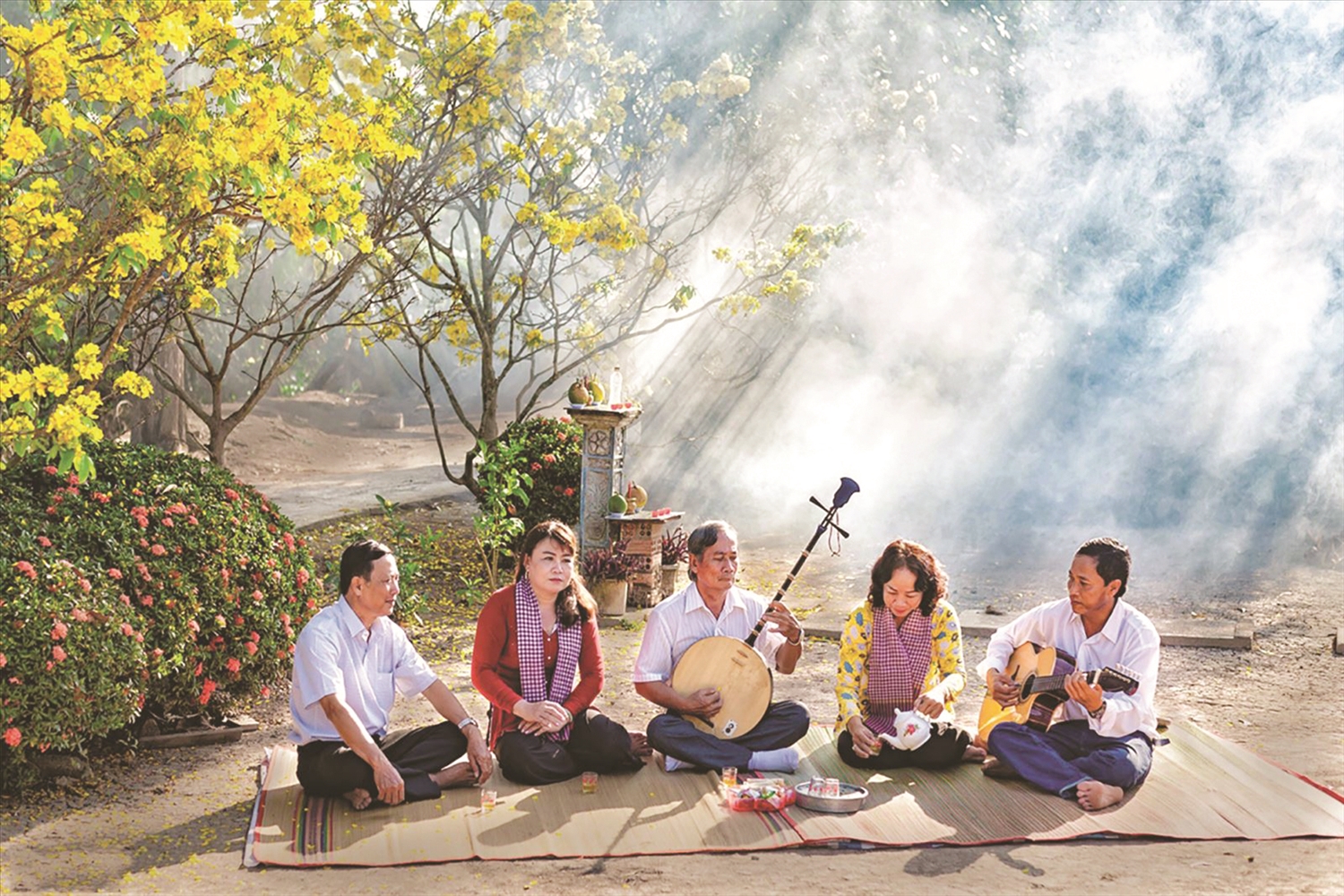
8. Hát Xoan – Ritual Spring Singing of the Hùng Kings
Hát Xoan is a ceremonial singing tradition from Phú Thọ province, believed to date back to the worship of Vietnam’s mythological founders, the Hùng Kings.
- Performed in temples and communal houses
- Songs bless fertility, prosperity, and ancestral remembrance
- Revived through community education and cultural centers
In 2017, UNESCO moved Hát Xoan from the endangered list to Intangible Cultural Heritage in Recognition of Preservation Success.
4. Experiencing Vietnam Folklore Firsthand
As a traveler, you can do more than just learn about Vietnam folklore — you can experience it.
🎟️ Where to Go:
- Hanoi: Attend water puppetry, Ca Trù recitals, or Chèo shows.
- Bắc Ninh: Visit during the Lim Festival to enjoy Quan Họ.
- Mekong Delta: Enjoy Đờn ca tài tử aboard a riverboat in Cần Thơ.
- Phú Thọ: Attend a Hùng Kings’ Temple Festival with Hát Xoan performances.
- Northern Highlands (Cao Bằng, Lạng Sơn): Join a Hát Then experience with ethnic minorities.
🤝 How to Participate:
- Join village homestays that offer cultural workshops.
- Visit ethnic culture museums and community centers.
- Ask for local guides who specialize in folklore and oral traditions.
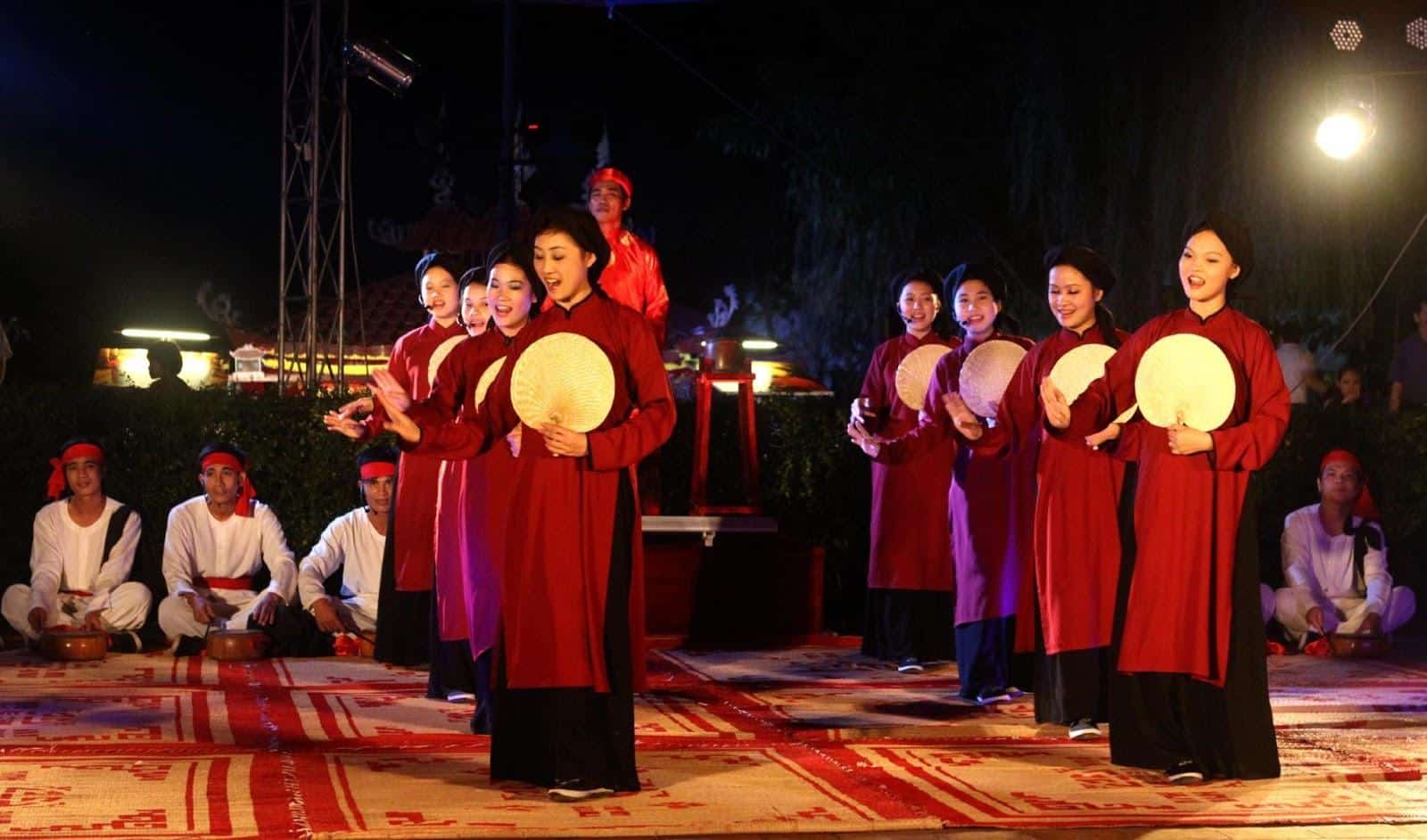
5. Preserving Vietnam Folklore in a Modern World
While Vietnam folklore remains vibrant, it faces challenges:
- Urban migration and modernization threaten traditional lifestyles.
- Commercialization can distort folk traditions.
- Aging artisans struggle to pass on knowledge.
But efforts are underway:
- Government-backed cultural preservation projects
- UNESCO support for endangered heritage
- Grassroots movements teaching folk arts in schools and villages
Folk culture must not only be preserved but also reimagined for the younger generation — through digital platforms, creative tourism, and cross-cultural collaboration.
6. Why Vietnam Folklore Matters to the World
Vietnam folklore is not just Vietnamese — it is part of humanity’s cultural treasure. It teaches us:
- That storytelling can preserve history as powerfully as books
- That art can heal, connect, and communicate across time
- That identity is formed not only by politics or borders but by songs, symbols, and shared rituals
In a globalized world where cultures blend, Vietnam folklore stands as a reminder of the beauty in diversity and depth.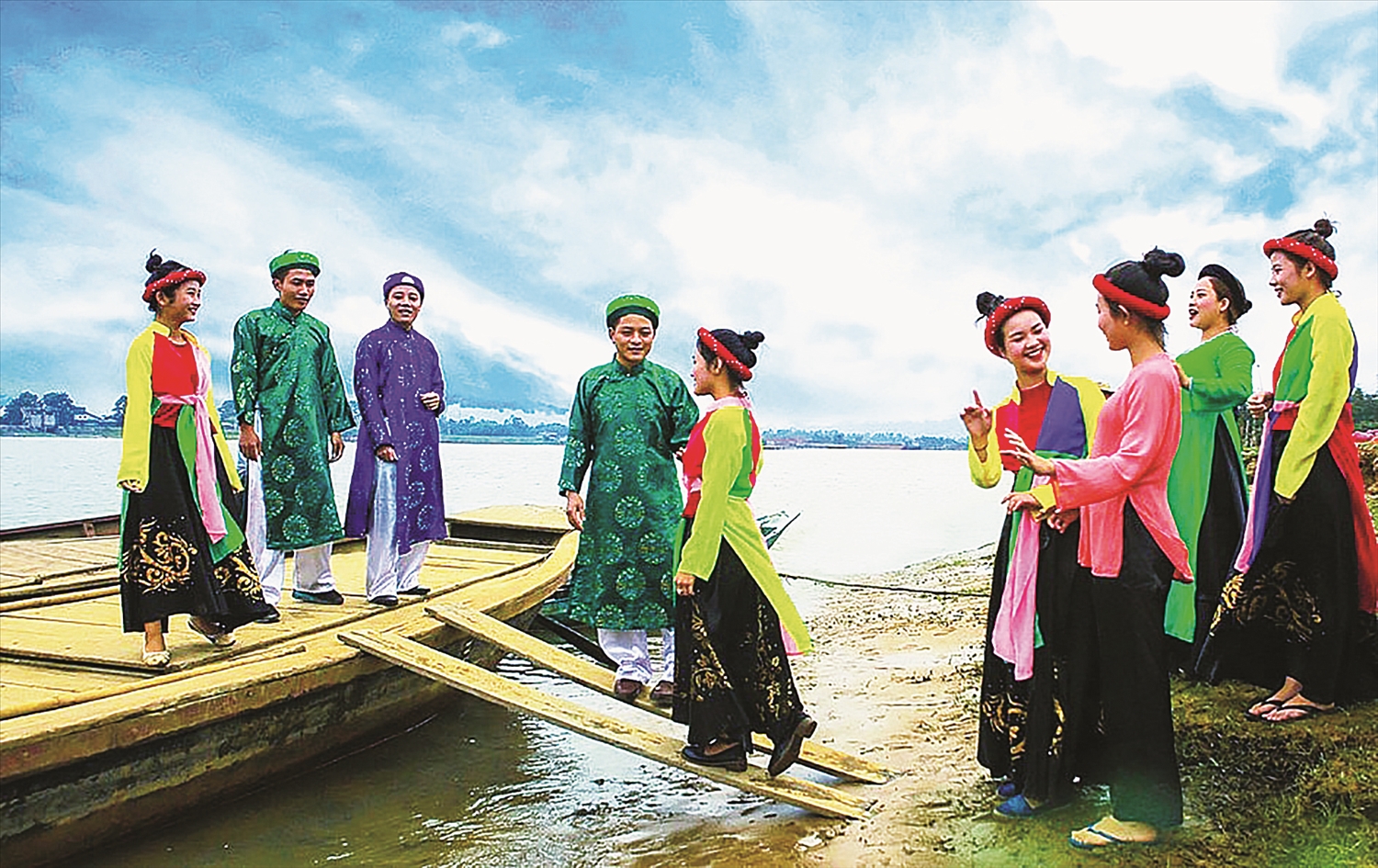
7. Final Thoughts: Embrace Vietnam Through Its Folklore
For international travelers looking to experience Vietnam authentically, folklore offers a path that goes beyond tourist spots. It brings you closer to the soul of the nation — its humor, its resilience, its spiritual richness.
So on your next journey to Vietnam:
- Don’t just take photos. Listen to a folk song.
- Don’t just watch a show. Join a village festival.
- Don’t just pass through. Stay, ask, and connect.
Vietnam folklore awaits you — ancient, alive, and endlessly inspiring with Vietnam Culture.
See more post: Vietnamese spirituality: A journey through culture, faith, and sacred traditions
